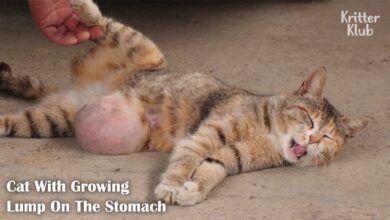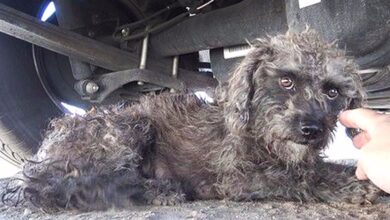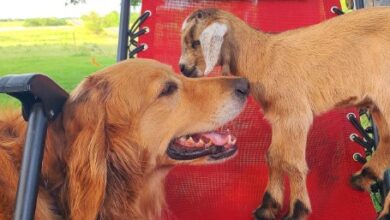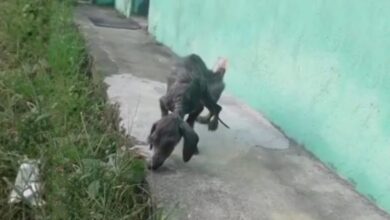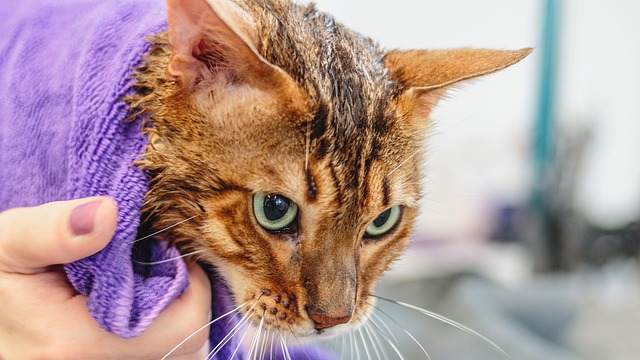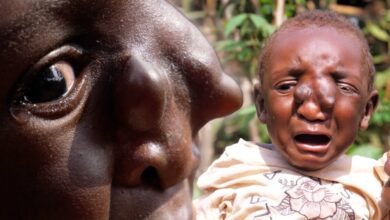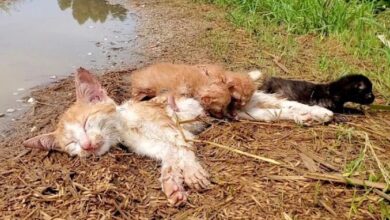The journey to find her young daughter’s face makes the parents heartbroken
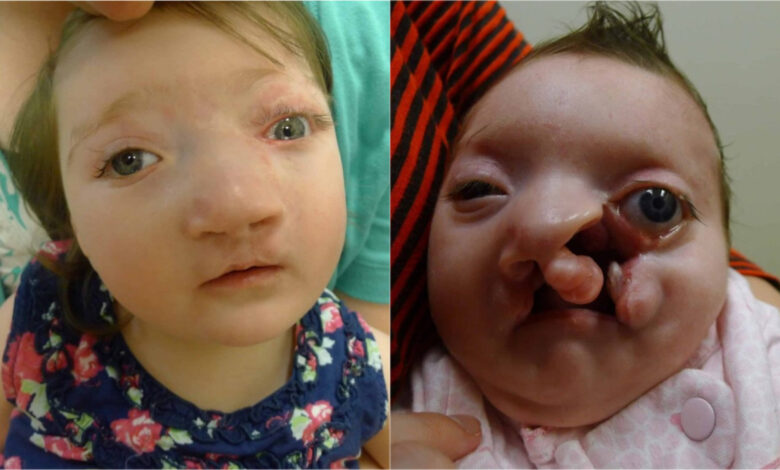
The team began consulting on the case before birth because ultrasound imaging revealed the cleft lip. The patient also had a large hole in her skull through which brain matter was extruding, and it was clear she had several other anomalies. Examination after birth revealed the child had bilateral cleft lip and palate as well as a left-sided facial cleft. She was blind in her right eye and profoundly deaf.
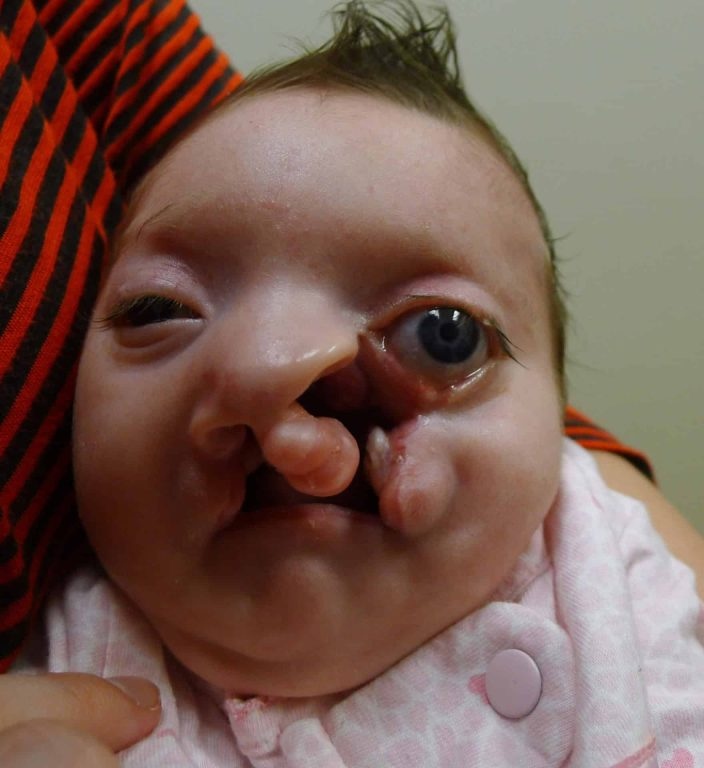
The oculoplastic examination revealed details of the cleft as well as parts of the face that were shortened, displaced or rotated. For example, the upper lip was rotated about 45 degrees. Parts of the nose where it attaches to the lower face were rotated and near the eye. Her lower left eyelid was shortened.
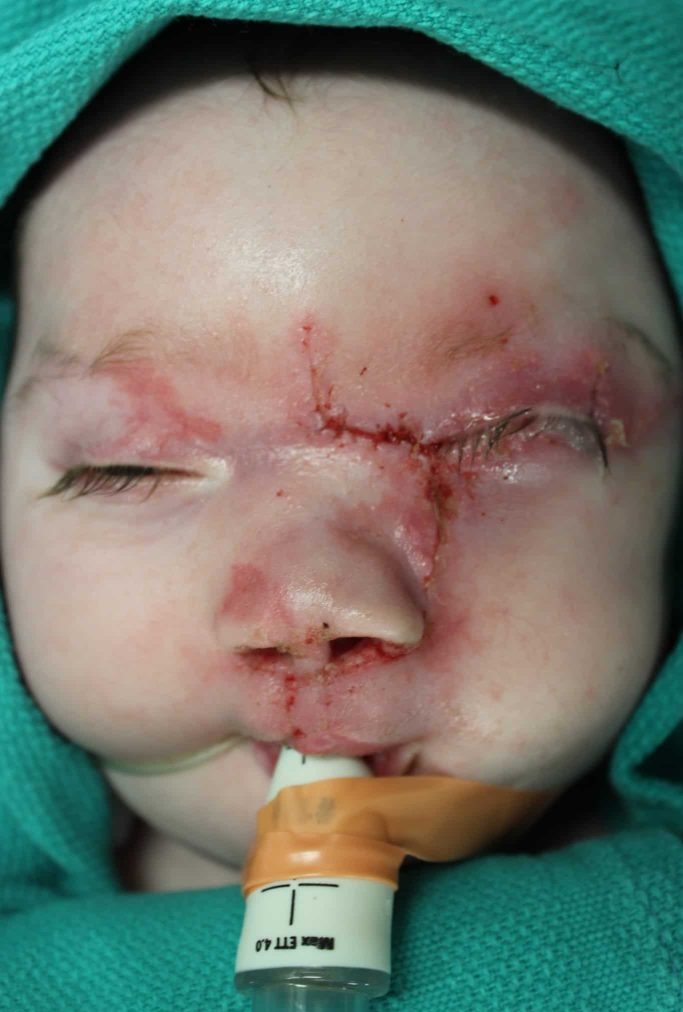
As the patient underwent other surgeries to address the hole in her skull and other issues, the craniofacial team discussed best next steps. Main goals were to rotate parts of the nose down toward the upper lip, close the lip, close the eyelid and align structures like the eye and nose. The team opted to work in stages, using taping first at 2 months of age to better position tissues and bone for upcoming surgery.
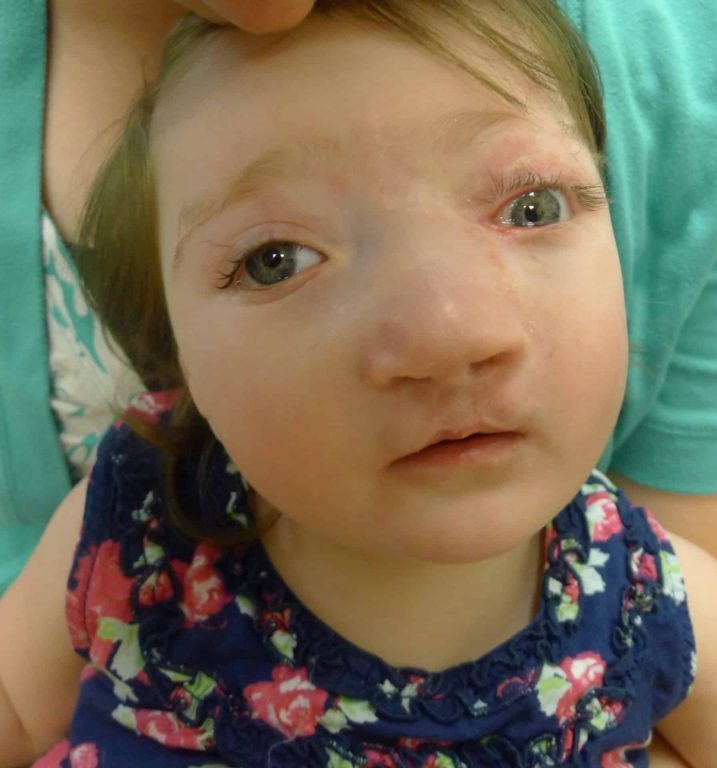
At 4 months of age, Patient 1 underwent facial cleft repair, which included all three surgeons and a combination of techniques from the three disciplines. Structures to be closed were marked on the patient’s face in advance with tattooing. The operative plan was devised in a “top-down” approach, which separated the surgery into three elements: nasal reconstruction/repositioning of the ala, cheek and eyelid repair, and bilateral cleft lip repair.
In brief, surgical techniques included the dorsal-nasal, or Reiger, flap for leveling the nasal ala, the Tenzel semicircular flap for mobilizing the medial aspect of the lower lid, the Mitek anchor for medial canthopexy, cheek advancement flaps, and a more typical bilateral cleft lip repair using fork flaps as described by Millard to provide additional tissue to create a nasal sill, as well as other advantages.
